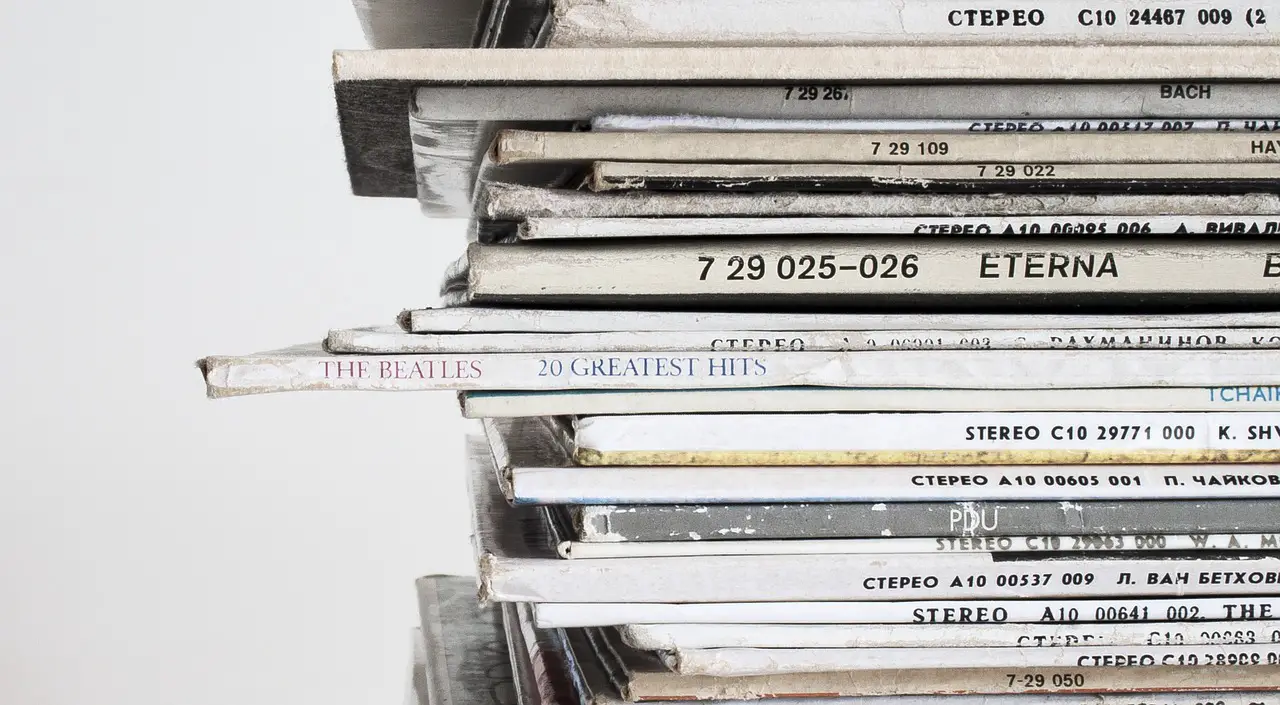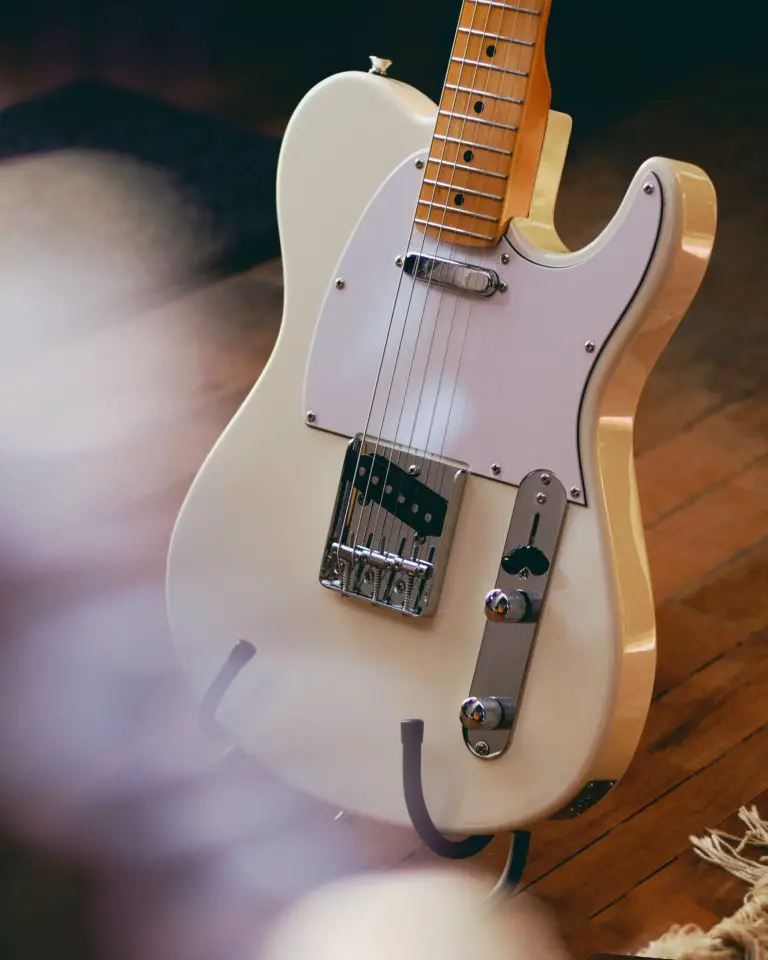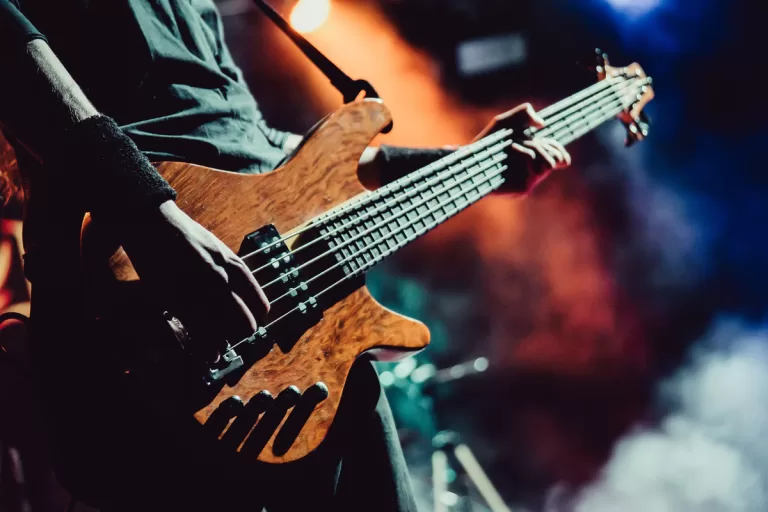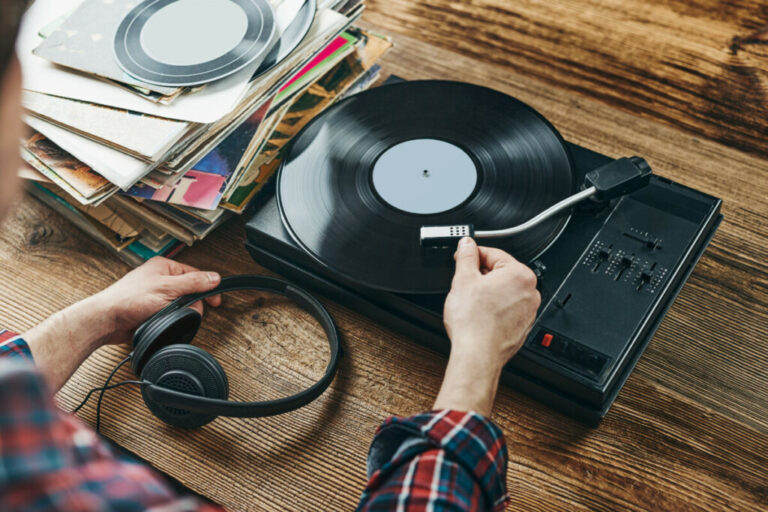What are the Differences Between EPs and Albums
Despite both being a collection of songs, bands and record labels often have specific plans when considering the differences between EPs and albums. With those plans in mind, these two styles of music release are still confused. So what are the differences between EPs and Albums?
The main differences between EP’s and albums vary in terms of content, length, and the style of songs included in each collection. EPs are typically short and sharp, while albums are more detailed. Albums usually have more longevity and variation.
When looking to decide what form might be better for your band, Consider all these factors crucial to what might be better for sales and the overall listening experience. These are some of the choices that artists and producers have to work out before deciding on the next addition to a band’s back catalog. Each option opens up a whole raft of new answers to explore.
Differences Between Albums and EPs – Length
The most basic definition of what defines EPs and albums is the overall length of the record itself. Most music services look to classify a collection around the following parameters:
- EP’s are a collection of fewer than seven songs or less, and that the entire duration is below 30 minutes.
- Albums have more than seven songs in a collection and have a runtime of over 30 minutes.
These are clear-cut definitions, with a formula used by many platforms such as iTunes and Spotify to separate the different songs in a band’s discography. Following these sorts of guidelines are extremely useful, as it gives collaborators an idea of what they have to work with and how to approach the recording process.
The length of the record may also be defined as just what the band has to offer. Many starting bands release just an EP to catch the attention of those scouting for new talent.
Almost any band’s first release will be an EP that will only have 4 or 5 tracks. From here, a band can be signed and build on their first reputation before finally having enough material to release a full debut album.
B-Sides and Demos – How They Apply to Albums and EPs
There are bound to be other recorded versions floating around on the cutting room floor for every finished song released from an album. Bands will often go through several recordings before settling on the final version of a song. There will usually be fully-fledged songs that are completed but rejected from an album. Rejected pieces will stay in the demo stage.
There is an increasing taste for music fans to get a hold of these rejected songs and see just where they were missing out. Putting these together into an EP can be extremely beneficial for a label if they have enough material.
If an album is successful, releasing an EP with several B-Sides gives fans this extra material. It’s a great way to boost sales between albums and capitalize on successful releases months after the final single drops on the radio.
It also works as an excellent marker for celebrating milestones, as demos can sit around for years without seeing the light of day. Producing an EP with offcuts from a successful album acts as a great callback to yesteryear and gives fans a reason for re-visiting a release further down the line.
B-Side Example: Funeral For A Friend – Seven Ways to Scream Your Name
A great example of using B-sides to get a band over is what British band Funeral For A Friend did in a bid to breakthrough into the US market. Following the success of their debut album in the UK – Casually Dressed and Deep in Conversation – Warner Music released the seven-track album Seven Ways to Scream Your Name to test North America’s waters.
Featuring a mix of UK top 20 singles such as “Escape Artists Never Die” with supporting B-sides such as “This Year’s Most Open Heartbreak,” it gave a distinct feel of what the Welsh band could do. It was well received and helped their debut rank 34 on the Billboard Heatseekers chart and gain a steady following in the US.
EPs – A Great Way To Work With Other Artists
While albums are for a single artist to shine on record, EP’s are a great way to experiment with other artists. This collaboration can work for many reasons, whether new bands to gain joint exposure or for established artists joining forces for a particular cause.
These collaborations often don’t produce enough output to put together enough material for an entire album, so an EP is a much better way of grabbing someone’s attention. A split EP can work wonders for new bands to select their best songs and put them out there. Cross exposure with another artist can widen a new band’s fan base. Furthermore, labels can use this tactic to promote two acts and see fan reactions to their best songs.
For more experienced artists, a collaborative EP can help two musical giants find a new audience. By joining forces and producing a mini-record that drives excitement. These sorts of efforts generally cross genres and see pop stars, DJs, and rappers joining forces. By appealing to separate audiences, both collaborating artists gain exposure to new audiences and can increase their fanbase if successful.
An Example Collaboration: Linkin Park and Jay-Z – Collision Course
One of the more successful collaborative EP’s of recent memory was Linkin Park and Jay-Z’s fusion. Originally part of an MTV series called “Mash-Ups,” Linkin Park and Jay-Z reworked and blended several of their hit songs.
The result was a rap-rock megahit that topped the Billboard 200 on release. It also produced a crossover hit with the Numb/Encore single becoming a top 10 hit worldwide. It was also one of the biggest hits for both bands in their careers so far. Ninety-nine problems, but a joint hit ain’t one!
Differences Between Albums and EPs – Live Cuts
It’s surprising just how popular live records can be. They aren’t nearly as polished as the recorded version yet still hold immense popularity with fans worldwide. Production of live albums and EPs capitalize on the popularity of music from studio recordings.
When based around live recordings, the difference between EP’s and albums vary depending on the type of music. If there is a recording of an entire live show, it will almost certainly be on an album. Listeners will also want to hear the full set live. This ensures they do not miss anything that occurred at the show.
Live EP’s give artists and labels a chance to explore the variety. Unique live cuts put a new twist on the recorded version. This usually comes in the form of an acoustic version of the song.
This stripped-back version emphasizes the vocalist or raw emotion. Doing this can give songs an entirely new context and give fans greater appreciation for their music.
Coldplay – Acoustic EP
Coldplay may be mellow at the best of times. That didn’t stop them from releasing a short EP in 2000, capitalizing on their breakthrough album’s success. This five-track record has acoustic versions of the hit song “Yellow” and “See You Soon.”
The acoustic versions are a follow-up to the former’s success on charts around the world. It helped further the name of Coldplay and solidified them as one of the biggest bands in Europe.
Final Thoughts
It’s clear to see that there are differences between EPs and albums in a wide range of different aspects. Primary differences derive from the length of the collection. However, artists and labels use the formats for a host of different purposes. It can be for teasing debuts or collaboration or just providing new versions of existing songs. The need for both forms is crucial for artists to have an exciting and varied discography and win new fans.








